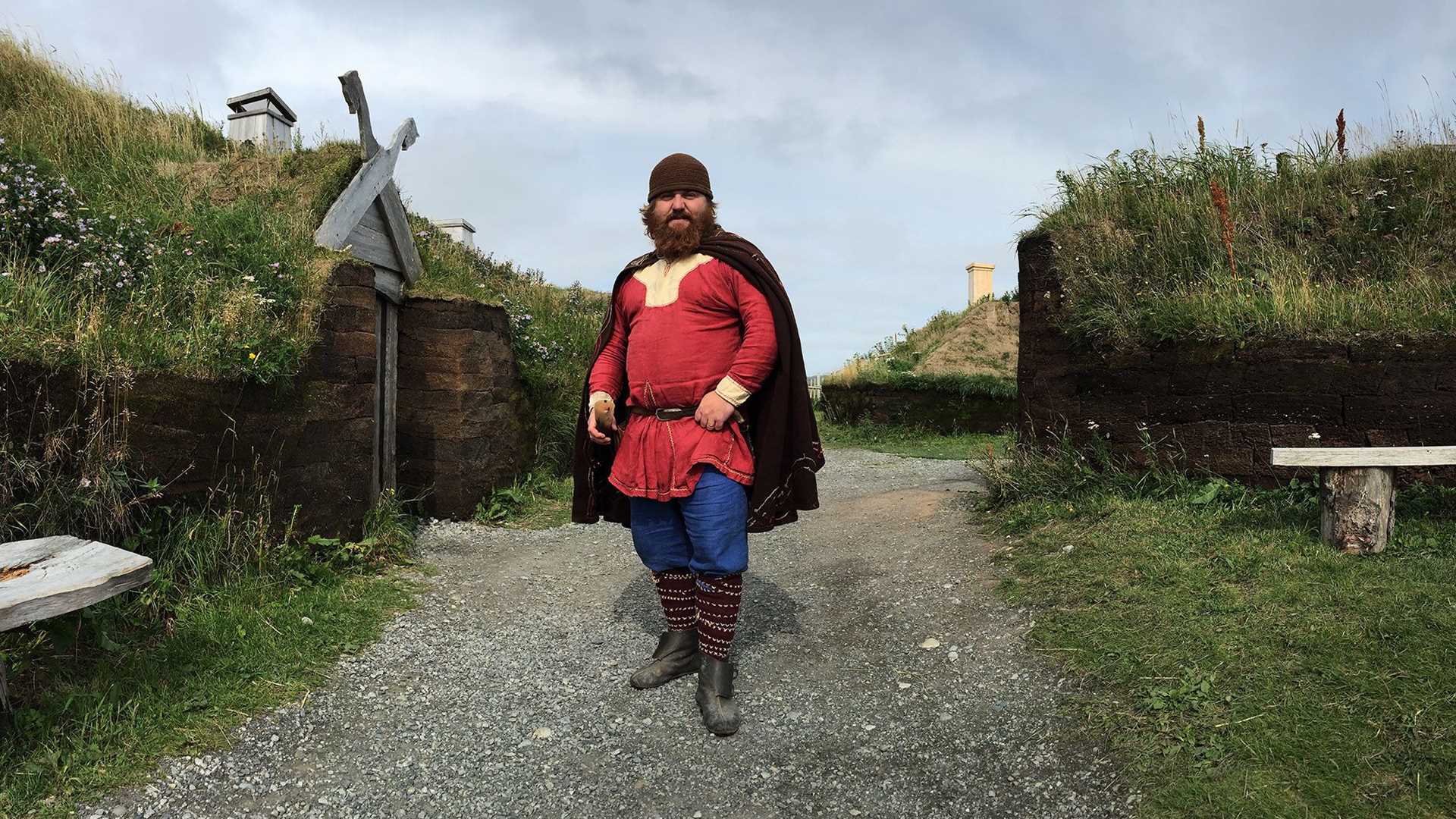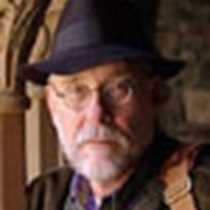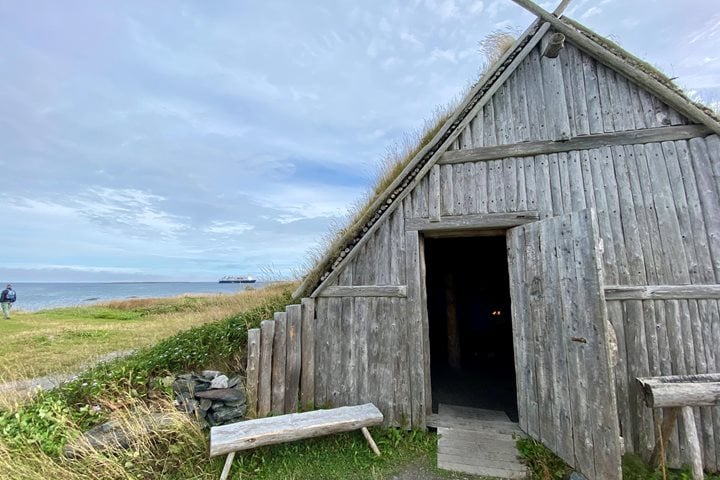We received a wonderfully warm welcome when we landed early this morning at the small harbor at L’Anse aux Meadows, on the northern coast of Newfoundland. Our focus was an exploration of the nearby UNESCO World Heritage archaeological site, where in the early 1960s the only so far authenticated Viking settlement in North America was discovered. Excavations revealed the outline remains of nine habitation and workshop structures which formed a Norse base camp, in addition to a number of characteristic artifacts including a stone spindle whorl, iron ship nails and a bronze ring-headed pin. The site of L’Anse aux Meadows, occupied around 1,000 A.D. for only a short period, marks the westernmost limit of Norse exploration. Evidence for the smelting of iron was also discovered in the guise of a small smithy. The source of the metal was the locally available bog iron ore which appears to have been fashioned into ship nails that were used during repairs to their sea-going vessels.
After visiting the excellent on-site museum, where we saw a range of the artifacts that were recovered and an introductory AV which detailed the background and context of the find, we made our way down to the actual site itself. A series of low earthen banks are all that now bear witness to the location and configuration of the original buildings that made up the complex of this erstwhile Norse trading base. Adjoining the low terrace on which the structures were located is a reconstruction of one of the main longhouses. Fully equipped and decked out with replicas of contemporary furniture, equipment and fittings, a pot of stew was being prepared on a blazing log fire. Several actors dressed in Norse-style clothing were in-character and explained varied details of the lifestyle of the long gone stout-hearted Norse explorers and entrepreneurs.
We continued our morning with a visit to Norstead, a replica of a Norse trading port. Here a ship-building workshop, smithy and chieftain’s hall gave us an insight into the lifestyle and world of the Vikings. A short drive later we arrived in the picturesque town of St. Anthony where we had a “Viking Style” lunch, animated and textured by our hosts who regaled us with stories, poems, songs and dance.
To cap the afternoon off we had a tour of the home of the town’s most famous personage, namely Dr. Wilfred Grenfell. Born in a small town in the north of England in 1865, he devoted much of his life to alleviating the plight of the communities living and working in the remote regions of Newfoundland and adjoining Labrador. With missionary zeal he established hospitals, cooperatives, schools and an orphanage and is remembered and honored in the Grenfell Interpretive Centre.







